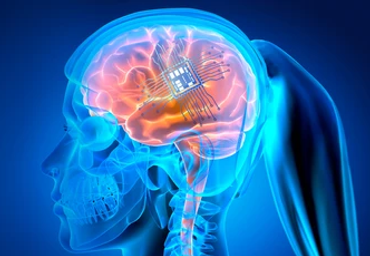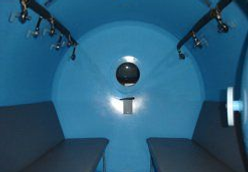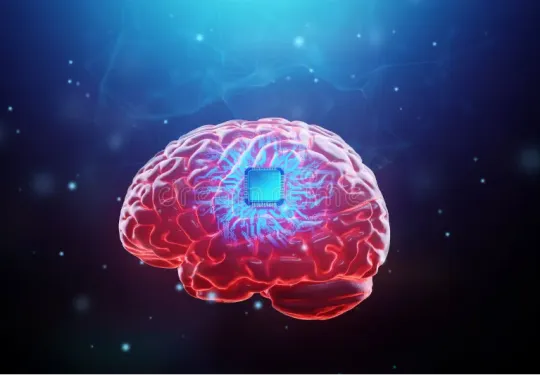Memory chip: Are implantable chips safe and effective for veterans ?
By:
Dr. Carol Henricks
On
30/06/2025Summary:
Veterans have asked if it is safe to have a memory chip implanted and if it
will help to restore their memory. This is a complex issue. Memory
problems are due to brain injury. There are a limited number of ways that
the brain can be injured: trauma, infection, inflammation, hypoxia / anoxia,
poisoning, nutritional deficiency and genetic mutation. The brain can heal
from these injuries to an extent, and hyperbaric oxygen therapy (HBOT)
helps.
Evaluation of brain structure and function helps to establish the nature
and extent of injury. Optimum brain imaging is a brain MRI – DTI
(Diffusion Tensor Imaging which allows you to see fiber tracts) – NQ
(Neuroquantitative Imaging which demonstrates tissue loss of whole brain /
white matter / gray matter) without contrast to evaluate structural integrity.
Functional integrity can be determined, in part, by evaluating visual
function, cognitive well – being, sleep patterns, balance, emotion / emotional
stability and ANS (Autonomic Nervous System or automatic nervous system
which regulates all automatic functions of your body including breathing,
blood pressure, heart rate, gastrointestinal function etc). Healing therapies
including HBOT, stem cells, detoxification, nutrient optimization, endocrine
correction, and cognitive therapy should be performed (as necessary) prior to
any device implantation. But what happens if you optimize your healing
and you still need to implant a device ? Safety and functional outcomes
can be improved with continued HBOT.

An implanted memory chip mimics hippocampal activity (temporal lobe of
the brain which is primarily involved with memory) and enhances memory
encoding and subsequently recall. Memory chips have shown promising
results in research settings.
When a chip is implanted into the brain, such as a microchip (into the temporal lobe to aid memory) or a deep brain stimulator into the basal ganglia (to treat Parkinson disease) the process creates traumatic injury.
HBOT helps to heal brain injury conditions.

Brain interventions create inflammation. HBOT has a powerful anti-inflammatory effect that can counter that
inflammation. Implanted devices may deposit heavy metals including iron. HBOT supports detoxification.
Instrumenting the brain may introduce infection. HBOT helps to fight infection.

Hypoxic / anoxic brain injury can be treated both
acutely and chronically with HBOT; an implanted
device may affect blood flow, and therefore tissue
oxygenation. HBOT increases oxygen availability to
tissue and causes new blood vessel growth into injured
tissue.
Recurrent electrical stimulation may damage neurons. HBOT improves cellular health and functioning, upregulates mitochondrial energy
production and has an anti-aging effect by causing telomere lengthening.
HBOT repairs injury. Devices implanted into the brain may cause glial
scarring. Scar tissue may interfere with transmission of electrical
signaling.HBOT attenuates reactive gliosis. Instrumenting the brain may disrupt the Blood Brain Barrier (BBB). HBOT facilitates healing of the
BBB. Chips implanted into the brain are rigid and the brain is soft. The brain moves slightly with every breath and repositioning, which may change the precise positioning of an implanted device. As the brain
atrophies and shrinks (due to the neurodegenerative process caused by
trauma, infection, inflammation, poisoning, hypoxia /anoxia and genetic
mutation), it may pull back from an implanted device and interfere with
the functioning of the device. As the brain progresses through a neurodegenerative process, the networks that are being accessed by the
implanted device may terminate.Counteracting the neurodegenerative
process with HBOT helps to prevent that complication.

Memory chips improve functional ability, safety and efficacy can be improved with HBOT. HBOT should be performed daily in a patient with an implanted device to maintain the effectiveness of the device and perhaps even improve functionality.
All supportive approaches must be maintained. HBOT
is a powerful tool that, when used properly, can change the course of neurological health and recovery. HBOT is an excellent companion to neurological implants.
